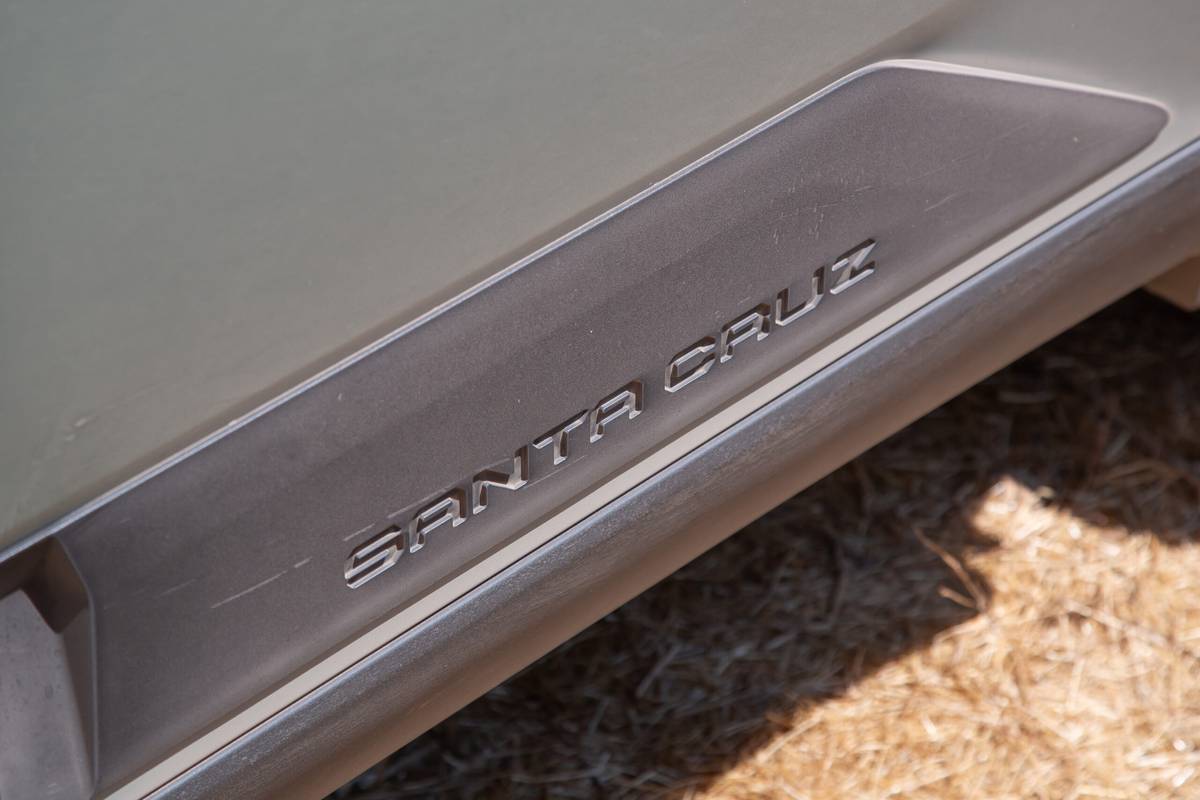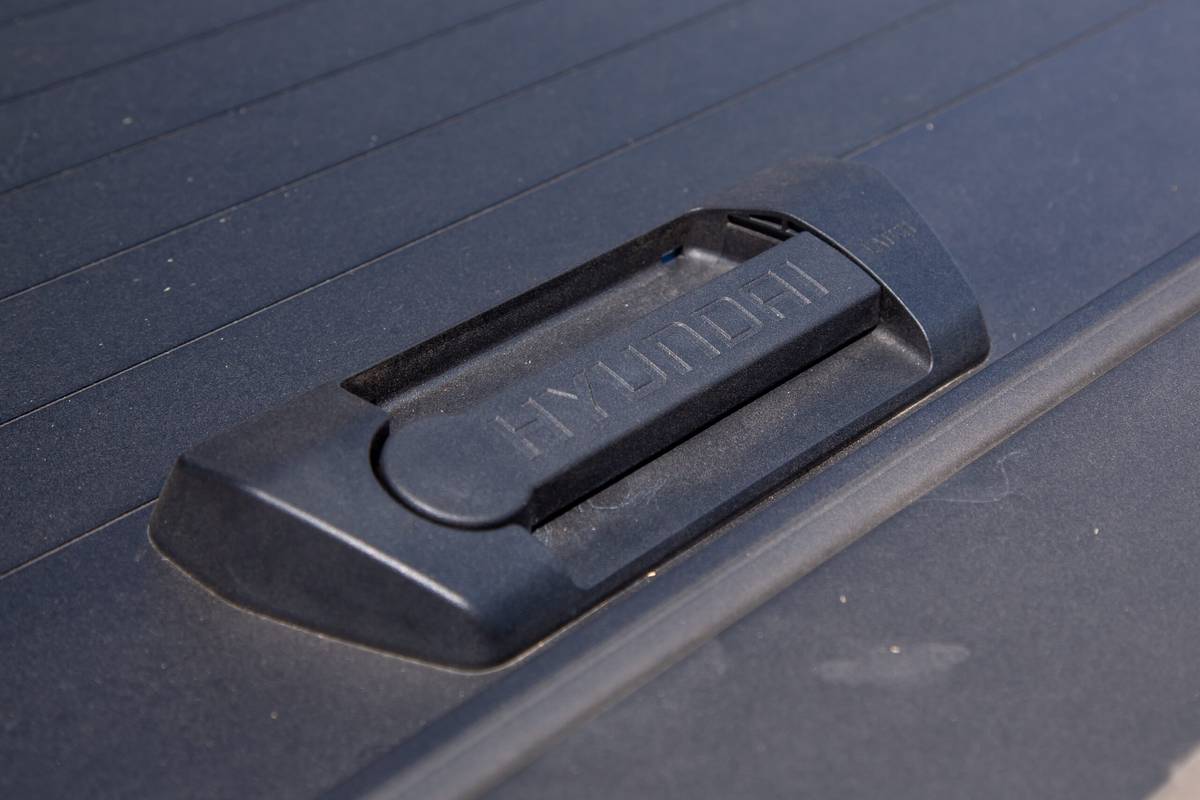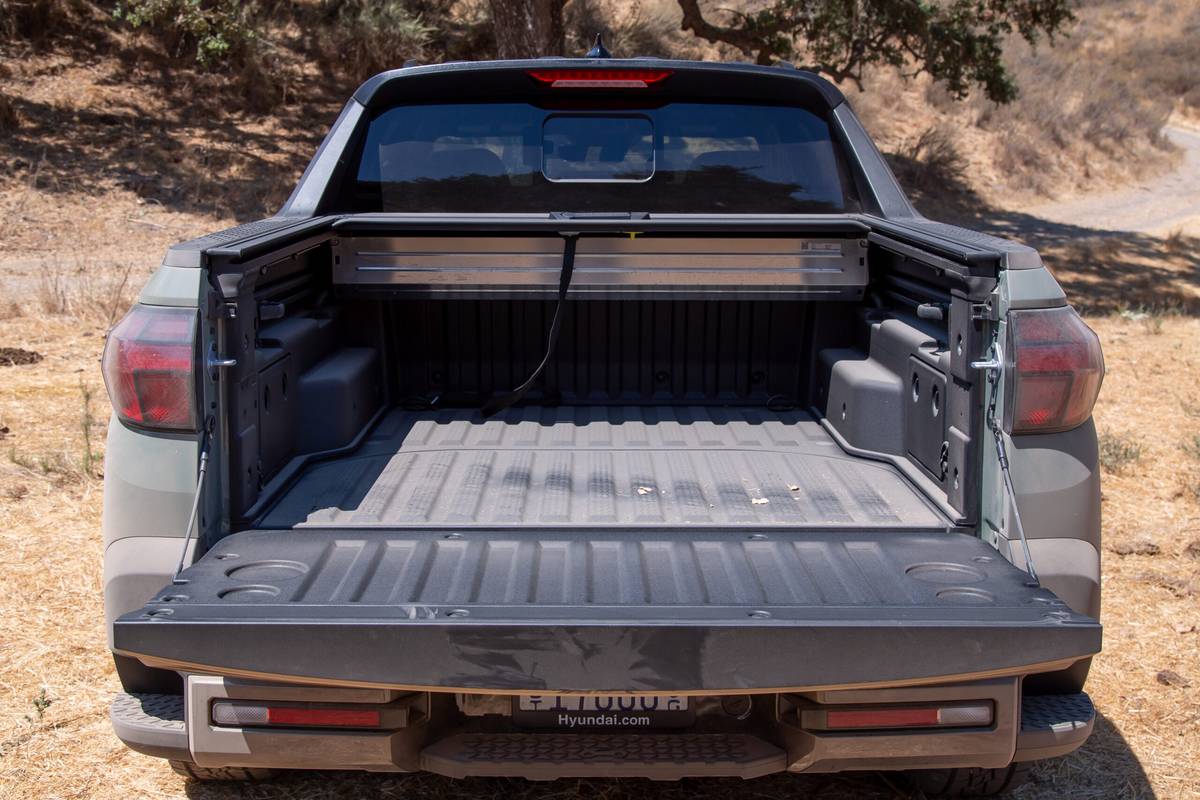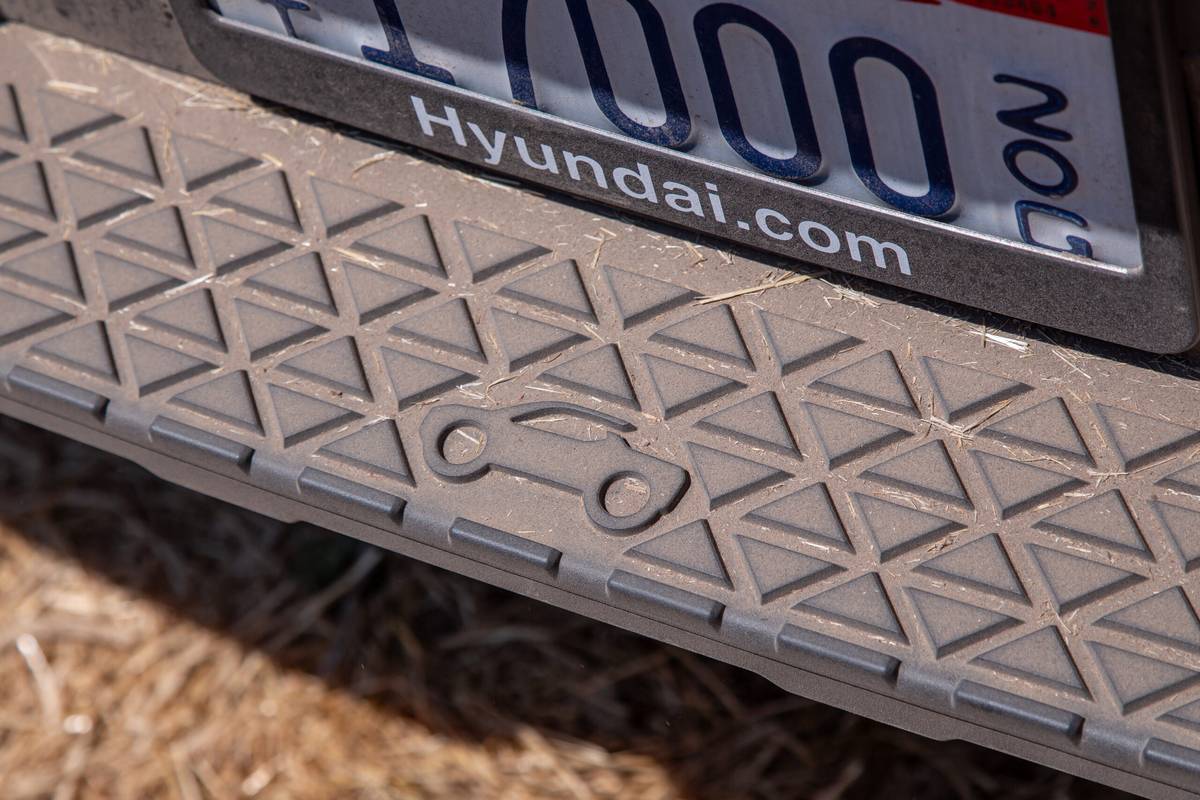2025 Hyundai Santa Cruz XRT Quick Spin: A Touch (More) Truckish


The verdict: With much of its updated interior and exterior shared with the similarly refreshed 2025 Tucson SUV, the new Santa Cruz is a compelling and refined entry in the niche unibody pickup truck class.
Versus the competition: The Santa Cruz occupies a rather interesting niche in the already-tiny segment, offering a drive experience that’s more like a crossover than either the Ford Maverick or Honda Ridgeline, but similar in capability.
The Hyundai Santa Cruz is moderately refreshed for the 2025 model year, and much like the related 2025 Tucson SUV, all of its mechanical guts are left untouched. The majority of the upgrades are split between exterior stylistic tweaks and revised interior packaging, meaning the new trucklet drives quite a bit like the old one.
Related: 2025 Hyundai Santa Cruz Up Close: The Korean El Camino Gets a New Face
















I spent a brief time with the massaged Santa Cruz, all limited to a medium-speed dirt ranch road that wove through the rolling hills of California’s central coast savanna. The trail time was neither long nor challenging, but the off-road-themed Santa Cruz XRT crunched through enough undulating grit and gravel to guarantee you won’t get stuck on the rough route to your lake house or remote cabin.
- ${price_badge()}
- ${ami_badge()}
- ${battery_badge()}${ev_report_link()}
- ${hot_car_badge()}
- ${award_badge()}
- ${cpo_badge()}
${price_badge_description}
${ami_badge_description}
The EV Battery Rating is based on this vehicle's current expected range relative to the vehicles expected range when new. ${battery_badge_text}
Certified cars are manufacturer warrantied and typically go through a rigorous multi-point inspection.
This car is likely to sell soon based on the price, features, and condition.
${award_blurb}
${award_two_blurb}
Shop the 2024 Hyundai Santa Cruz near you


For those not up-and-up on what the Santa Cruz represents, think of it as a Tucson with a 4.3-foot bed in place of the crossover’s closed cargo area. This means the same front-wheel-drive unibody architecture is here, as is the naturally aspirated 2.5-liter four-cylinder base engine. But where the Tucson offers hybrid and plug-in hybrid powertrains, the Santa Cruz adds a turbocharger to the 2.5-liter for its upper-trim engine.

That’s what you’ll get if you pick the outdoorsy XRT trim, which standardizes the turbo and adds all-terrain tires, trim-specific wheels and extra exterior cladding. Compared to the prior model, the 2025 Santa Cruz XRT significantly toughens up its appearance in an effort to shy away from the divisive general “crossover-with-a-bed” vibe. But from what I could glean from the short trail, it sure still feels like a bedded-crossover — and that’s a good thing. Both the prior Santa Cruz, current Ford Maverick and Honda Ridgeline appeal to the buyer who seeks unibody comfort with the extra utility afforded by the bed, and in the Santa Cruz, you’re certainly getting body control and movement isolation that’s superior to body-on-frame mid-size trucks like the Ford Ranger or Toyota Tacoma.
Related Video:
After a few trail loops, I parked and futzed with the new interior, which is far and away the most significantly updated portion of the new model. At least in the XRT and Limited trims, a pair of connected 12.3-inch displays form a curved digital dash, with one for the driver display and the other handling all infotainment functions. As it is in the refreshed Tucson, these displays are highly configurable and utilize the latest iteration of Hyundai’s intuitive, user-friendly interface with standard wireless Apple CarPlay and Android Auto.
I have a hard time imagining this is enough to coax existing Santa Cruz owners to trade up, but this curved dash is impressive and handsome enough to win over cross-shoppers. I also dug the new three-spoke steering-wheel design with the marque’s “dot-dot-dot-dot” motif that signals “H” in morse code, though I noticed the absence of the new Tucson’s column-mounted gear selector lifted from all-electric Ioniq models and the new mid-size Santa Fe SUV. On the compact Tucson, this cleans up the center console area significantly and allows for repositioning of the wireless charge pads and additional storage under the floating console tunnel.

Still, the Santa Cruz XRT gains the Tucson’s reworked climate control panel — now a backlit unit that tidies things up nicely — and shares the same shelf area above the glove box that’s perfect for passenger phones or a bundle of Slim Jims.
More From Cars.com:
- Baby’s First Face-Lift: Updated 2025 Hyundai Santa Cruz Starts at $28,895
- 2025 Hyundai Santa Cruz Gets Interior Upgrades, More Rugged XRT
- How Do Car Seats Fit in a 2022 Hyundai Santa Cruz?
- Up Close With the 2022 Hyundai Santa Cruz’s Cargo Bed
- Research the Hyundai Santa Cruz
The good news is that you won’t pay a whole lot extra for all of this — but you are going to pay extra (mostly). The XRT puts an extra $100 in your pocket compared to the 2024 model, but the top Limited trim requires an extra $1,180 and the base SE clocks in at $1,600 more than before.
Are the 2025 Hyundai Santa Cruz’s updates enough to make you upgrade? Maybe, maybe not — we’ll check back in after a more comprehensive drive sometime in the near future.

Cars.com’s Editorial department is your source for automotive news and reviews. In line with Cars.com’s long-standing ethics policy, editors and reviewers don’t accept gifts or free trips from automakers. The Editorial department is independent of Cars.com’s advertising, sales and sponsored content departments.













Conner Golden joined Cars.com in 2023 as an experienced writer and editor with almost a decade of content creation and management in the automotive and tech industries. He lives in the Los Angeles area.
Latest news



